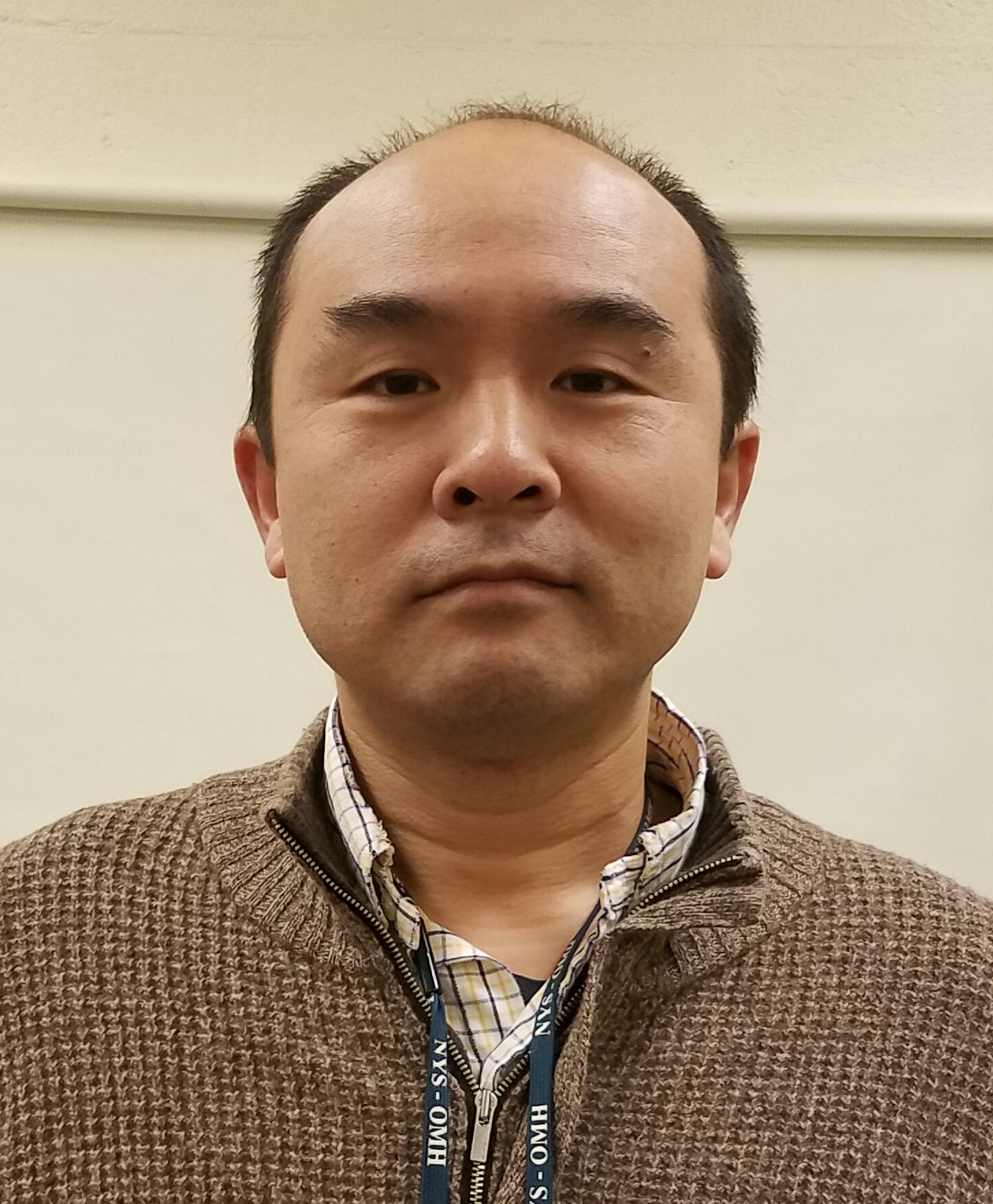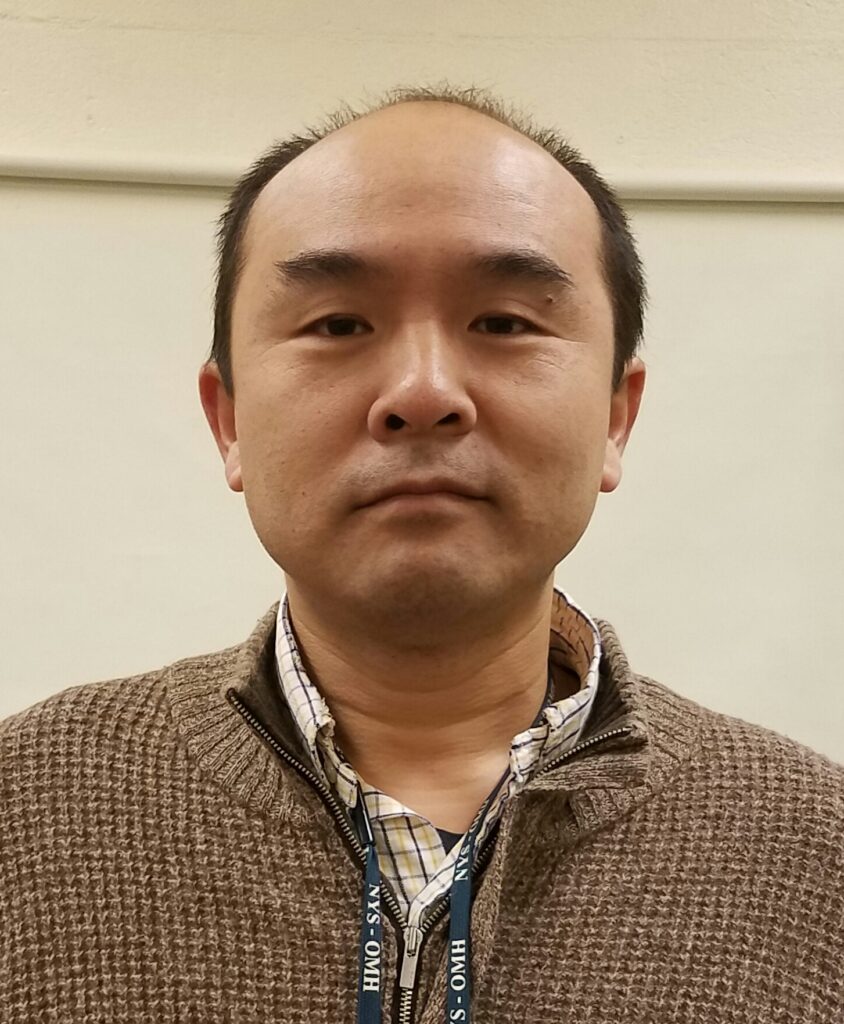
Primate auditory systems in the temporal lobe consist of more than a dozen cortical areas. Based on parallel and serial anatomical connections, they are organized into at least three hierarchical regions: core – belt – parabelt. Dr. Kajikawa’s lab addresses the anatomical and functional properties of sensory cortices in the primate temporal lobe, with a unique focus on the parabelt region. He uses multi-channel micro-electrodes and various data processing/analyses in combination with multi-modal sensory behavioral paradigms.
In the auditory system, a model of the functional architecture is under-developed compared to the visual systems, in which functional specializations of cortical areas are well characterized. Elucidating the properties of auditory areas/regions will help us understand how we process and perceive sounds. Of the three regions, the parabelt is least explored, leaving a gap in our understanding of how the auditory system works. Dr. Kajikawa’s investigations will contribute to understanding the mechanism of hearing.


